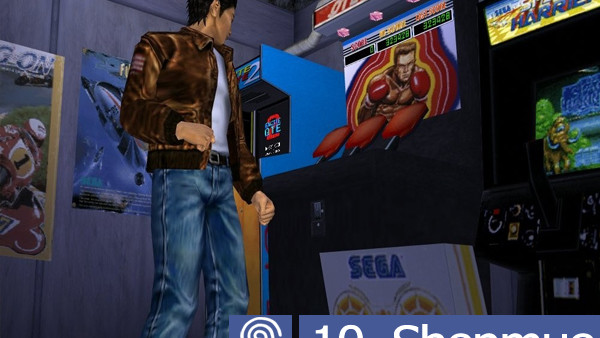10 Ways The Sega Dreamcast Was Ahead Of Its Time
The future belongs to those who believe in the power of their Dreamcast.

Developer GyroVorbis' retro-styled RPG Elysian Shadows raised a number of eyebrows when the company announced it was to be released on the now-defunct Dreamcast. For those of us still mourning the loss of one of gaming's greatest underachievers, it came as welcome news.
There's a hint of irony to GyroVorbis' decision; whilst Elysian Shadows is a game with one eye very much on the past, the Dreamcast was a console whose ethos firmly looked to the future. The whole philosophy of the machine was to take the industry into new and exciting realms. Some of them were online. Others were on fishing boats. It promised everything, and more.
Sega sold their seductively-sleek console on the back of its heightened capabilities, but unfortunately, people just weren't prepared for the majority of its pioneering ideas.
The Dreamcast jumped the gun on the other fifth-generation consoles, and ultimately Sega's impatience was the console's downfall. But its death was not in vain. When the precocious white-box fell by the wayside, the blueprints for the entire future of the industry were left in its wake.
Sega's last console was ahead of its time in so many ways, one needs their fingers to count them. Now, I only have ten, so that's as far as I got. See if you can read through them all whilst fighting the urge to dig out your VMUs and GD-ROM.
10. Incredibly Detailed Open-Worlds - Shenmue

Whatever Shenmue's objective quality, no-one can argue it wasn't revolutionary.
Yu Suzuki dubbed his baby the first 'FREE' title, which in case you're wondering, stands for 'Fully Reactive Eyes Entertainment', and yes, that sounds like nonsense because it is nonsense. Shenmue's suburban sprawl, Yokosuka, was the most meticulously realised environment ever seen.
Details were painstakingly precise; every building was accessible, every shop was fully stocked, every location felt tangibly real. It was unlike anything that had preceded it.
But it was an oxymoron: through being fascinatingly authentic, it also managed to be acutely boring. It was a sandbox without any sand. There simply wasn't enough for the player to do in the highly-detailed world, and the bulk of Shenmue's action took the form of forklift truck racing. And looking for sailors.
Sega made little return on their $45 million investment, but whilst it crippled the company, the industry profited. A world as intricately realised as Shenmue's seemed lightyears away before Suzuki showed it was a possibility. Further still, its narrative heavy, action-light nature paved the way for a whole new breed of engrossing interactive fiction.
Oh, and quick time events. It gave us those. Cheers for that.
Every revolution has its casualties.